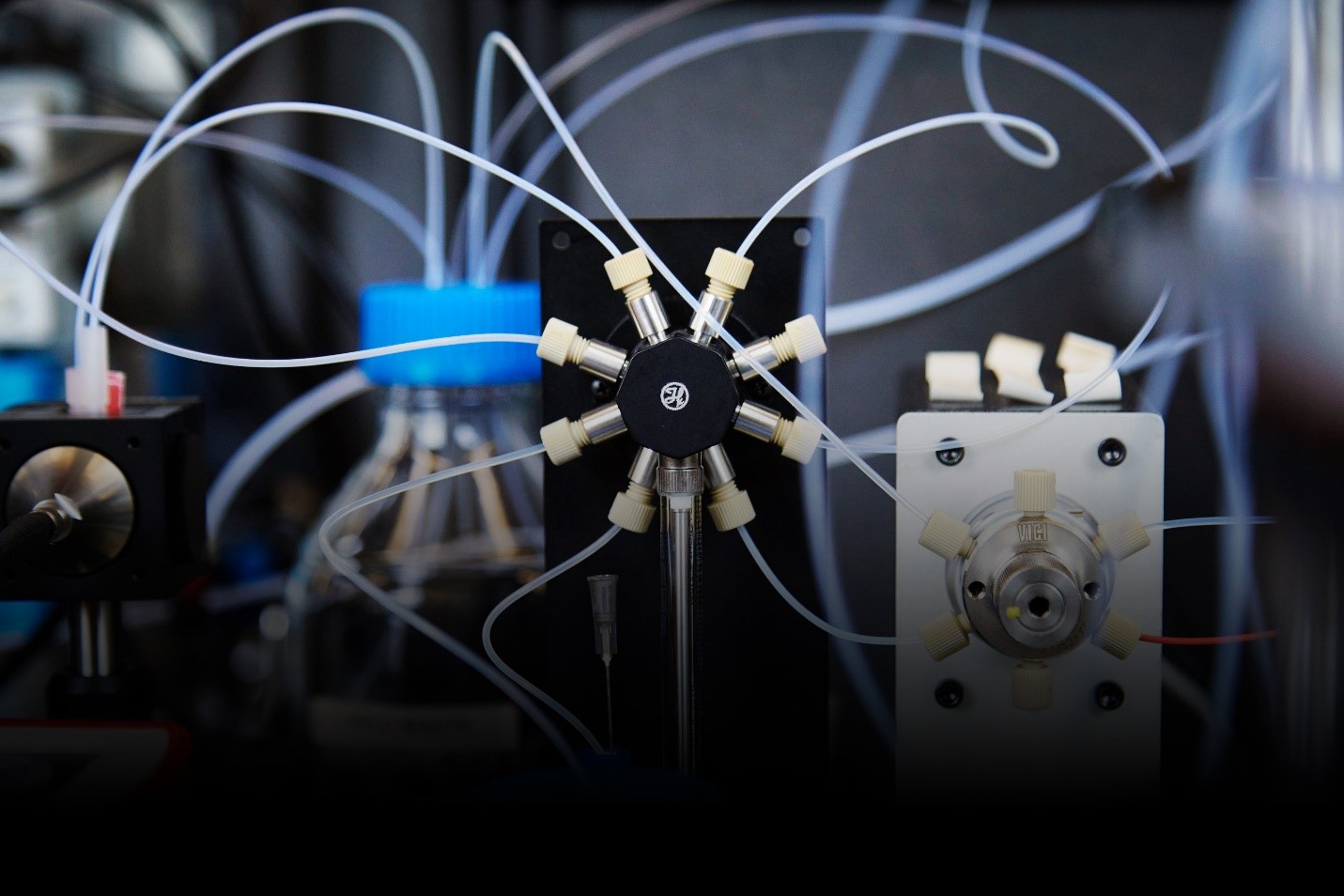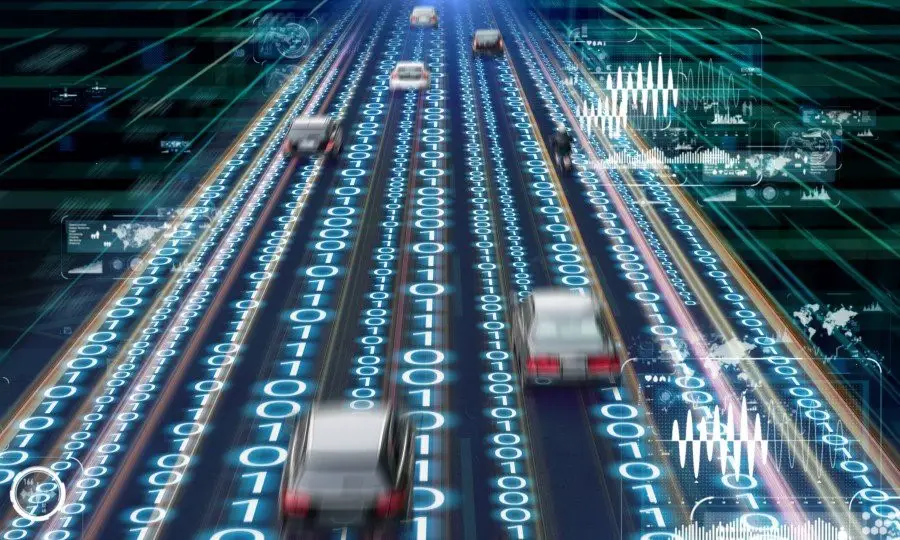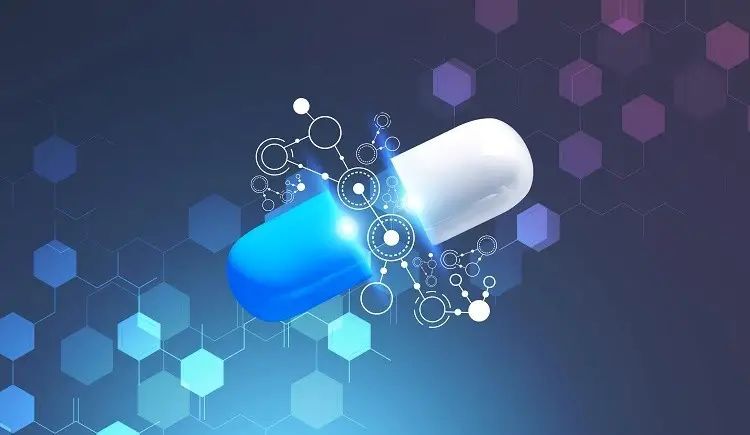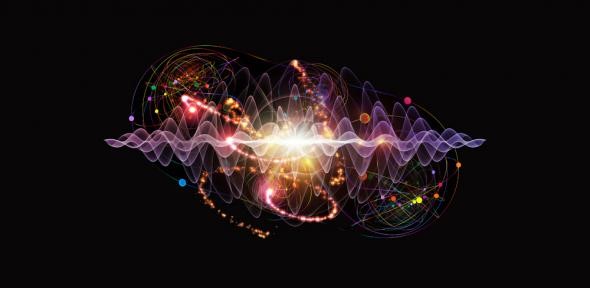Quantum computing is sure to gain popularity. Tech giants, including Google and IBM, compete for quantum dominance. Quantum systems won’t replace computers, however. Instead, they’ll work alongside classical supercomputers because each has unique strengths and advantages. In this overview, we’ve included some of quantum computing’s many uses. Let’s start.
10. Next-Generation Batteries
Before, lithium-ion batteries were able to power smartphones only for a day. Now, they can power electric vehicles for hundreds of kilometers. We need innovations to develop cheaper, more powerful batteries that last longer than existing ones. IBM and Daimler AG study how well quantum computers can imitate battery chemistry. Using a 21-qubit quantum computer, they simulated dipole moments of four industrially significant compounds (hydrogen sulfide, lithium hydride, lithium sulfide, and lithium hydrogen sulfide). As qubit states improve, we can test more significant, more complicated chemicals for next-generation batteries. This research will bring us there.

9. Solar Capture
Nanosized semiconductor particles with unique electrical and optical characteristics can convert solar energy to electricity. In addition, we’ll minimize carbon emissions and improve energy-generation technology. Flexible and printable quantum dots have been discovered by Australian researchers at the University of Queensland. Due to their abundance and safety, silver bismuth sulfide nanocrystals have been investigated extensively. Some small companies offer quantum dot photovoltaic products but are not yet commercially viable.

8. Clean Fertilizers
Haber-Bosch chemical process produces ammonia fertilizer nowadays. High temperatures and pressures mix nitrogen and hydrogen. The procedure is energy-intensive and emits greenhouse emissions. If researchers understood the nitrogenase process and transition metal behavior, they might build more effective catalysts for making fertilizers and other industrial chemicals.

7. Material Discovery
Quantum computing uses quantum-mechanical phenomena like superposition and entanglement to describe quantum systems more efficiently than classical computers. For example, quantum machines can calculate a molecule’s allowable energy states by solving Schrödinger’s equation. It can mimic complicated molecules that PCs couldn’t. For example, quantum hardware and algorithms will disrupt theoretical chemistry. As a result, researchers can produce better materials with finely tailored optical and mechanical properties by reducing qubit noise. Given recent breakthroughs in ‘quantum noise-canceling techniques, next-generation materials may be created using quantum computers rather than trial and error.

6. Traffic Optimization
Quantum computers will help with population growth, congestion, and decarbonization. Quantum technology reduces traffic and waits times, means buses and taxis won’t drive far without passengers, and people won’t wait long for cabs. Volkswagen has used quantum computing to improve traffic. For example, the D-Wave quantum computer’s quantum routing algorithm calculates the fastest travel routes in real-time. Such algorithms can interact with moving things (bikes, cars, and people) to improve a city’s mobility. For example, air traffic control can use them to optimize routing.

5. Marketing And Advertising
Quantum algorithms improve adverts by developing buying patterns. These algorithms will focus on how people feel after watching an ad and what kind of ads will help firms build long-term customer relationships. For example, if the ad makes viewers laugh or feel happy, it will boost brand PR. Boring or annoying commercials can backfire. D-Wave Systems Inc. has employed quantum computing for advertising, marketing, and communication optimization (with Recruit Communication Ltd). The idea is to evaluate complex data faster and match web ads to clients more efficiently. D-Wave Systems explained how corporations might use quantum annealing to target relevant ads and enhance CTR (CTR).

4. Financial Modeling
Modern marketplaces are complex. While you read this sentence, hedge funds, investment banks, and ordinary investors will have traded $80 million in equities. Institutional investors must find the correct mix of rewards and risks to survive in the market, which requires assessing thousands of stock-price-affecting elements. For example, many investment institutions use classical computers to execute Monte Carlo simulations for deep analysis. Quantum computers excel at probabilistic calculations. Investment banks can improve solution quality and development time by adopting quantum computing. However, since these companies handle billions of dollars, a slight improvement in predicted returns can be significant.

3. Drug Discovery
Pharmaceutical corporations spend billions and ten years to research and promote new medicine. Classic computers run millions of comparisons. However, these machines can only analyze certain-sized molecules. For example, modeling the penicillin molecule’s base-state energy would require more transistors than atoms in the observable universe. As quantum technology and algorithms improve, larger molecules come into play and can minimize medication development time and expenses, allowing researchers to find solutions for ailments faster.

2. Artificial Intelligence
Machine intelligence relies on experience-based learning. More data sets improve AI accuracy. AI depends on evaluating millions or billions of data points, making it suitable for quantum computing. Quantum machine learning will be more efficient for some models. It’s a branch of research that compares physical and learning systems, especially neural networks, structurally and methodologically.

1. Particle Physics
Quantum computing is essential for investigating novel physics. Particle physics models are sophisticated, needing many resources and long simulation times. For example, CERN’s Large Hadron Collider produces 1 petabyte per second of data from 1 billion particle collisions. One million CPU cores in 170 data centers do the analysis. By 2027, CERN’s computing needs will increase by 50-100. Quantum computing helps here. It can simulate nuclear physics, nuclei scattering, quarks, and fundamental interactions.



















